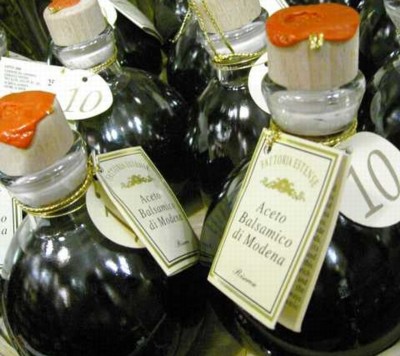How to Cook With Balsamic Vinegars

Balsamic vinegar, known for its mellow and sweet flavour, is basically made from cooked grape juice, aged for years. However, it is not considered as wine vinegar since the grape juice is not fermented. White sweet grape juice, also known as “must” is slowly cooked on low heat in a copper pot until it is reduced by 40 to 50 percent. The reduction is then poured into wooden barrels to age. A bit of already aged vinegar is also added to the barrel to get the process started. The vinegar is transferred to a different barrel every year to enhance its flavour. This vinegar is then used to flavour different recipes, mostly sauces and salad dressings.
Instructions
-
1
Balsamic vinegar is divided into three groups depending upon its age, and each group has different uses. The youngest age group of balsamic vinegar (3-5 years) is usually used in making different salad dressings, dip sauces and marinades.
-
2
The second age group of the vinegar (6-11 years) is thicker than the younger one and is more versatile. Besides being used in sauces and marinades, it is also used in pasta dishes. You can also mix it with sour cream or mayonnaise to make a dressing for your sandwiches. However, when using in sauces, middle age group vinegar should be added at the end of the cooking.
-
3
The third and final age group of balsamic vinegar (12 to 150 plus years), also known as well-aged balsamic vinegar, is best used after the cooking process has ended. Besides adding flavour to the recipes, it also gives sheen to the dishes. You can also use it to flavour almost every kind of meat (fish, chicken, beef, turkey etc). By adding a small amount of well-aged balsamic vinegar to water, you can make a refreshing beverage out of it.
-
4
You can also use a splash of balsamic vinegar to flavour different vegetables and fruits like strawberries and pears.






